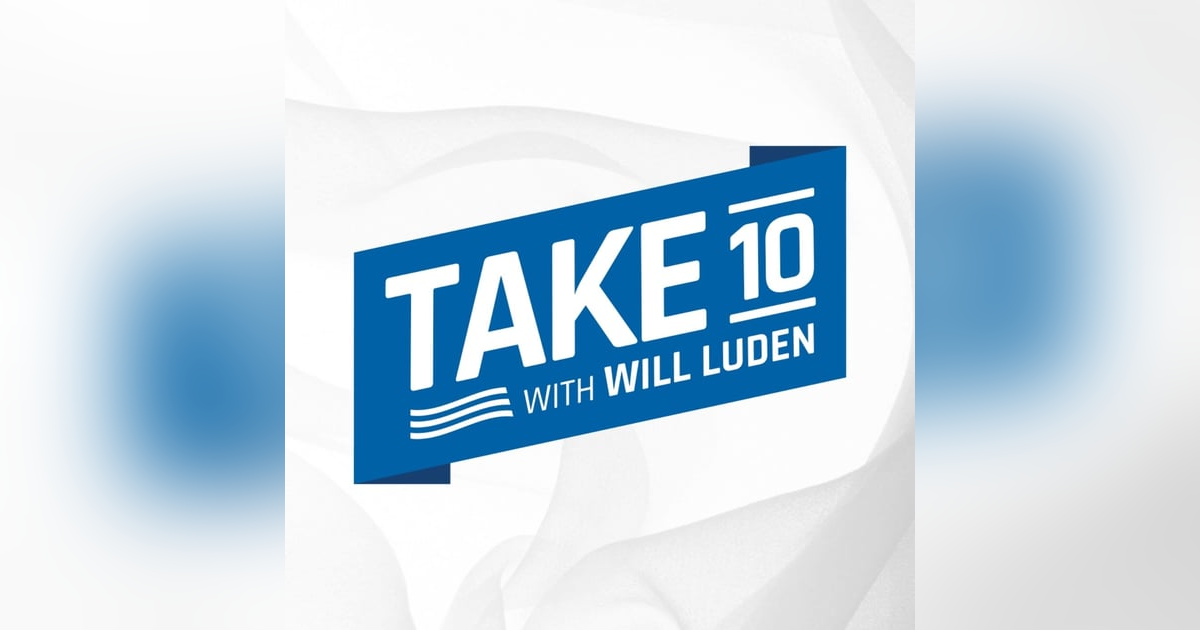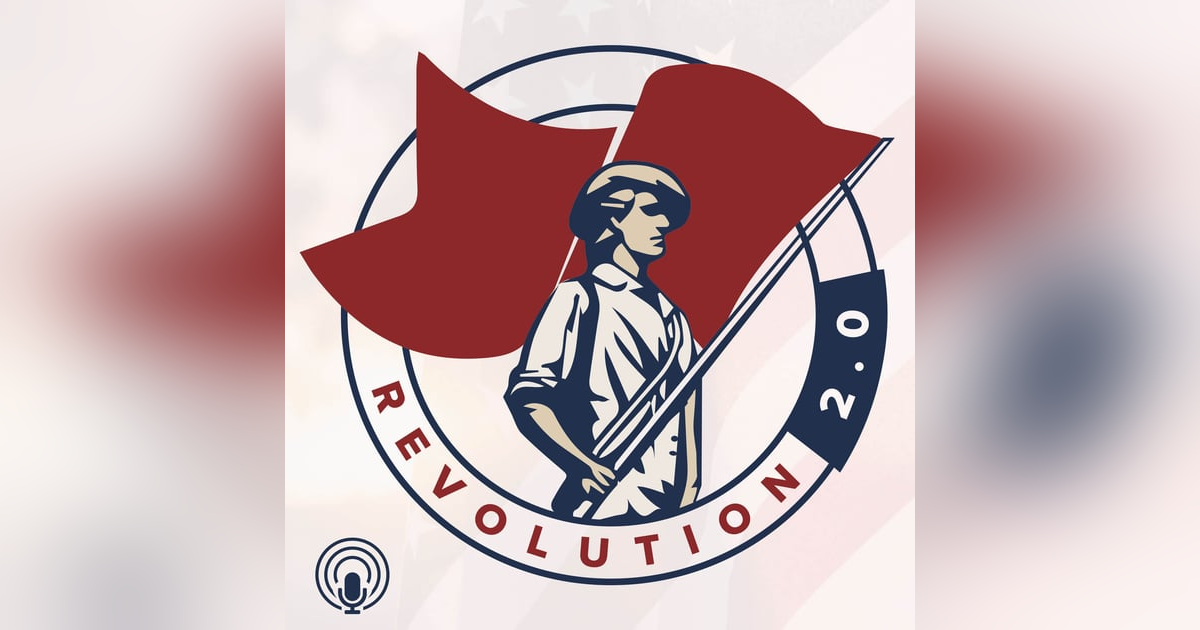
Sign up to get updates from us
By signing up, you agree to receive email from this podcast.

Summary
Have you heard a politician or a friend say, “I’m colorblind?” I am not colorblind, and I am not blind to gender, either. I am aware of color, gender, body type, accents, education, manners, wealth, personality type, and a lot more. And so are you. We all are. The question comes when we decide what to do with the observations that we all ma
For the next 10 minutes, we will discuss what these observations–and any actions that may stem from these observations–mean to us as individuals and as a society.
Transcript
Have you heard a politician or a friend say, “I’m colorblind?” I am not colorblind, and I am not blind to gender, either. I am aware of color, gender, body type, accents, education, manners, wealth, personality type, and a lot more. And so are you. We all are. The question comes when we decide what to do with the observations that we all make.
For the next 10 minutes, we will discuss what these observations–and any actions that may stem from these observations–mean to us as individuals and as a society.
Let’s start with an admission; I am partially red-green color blind. When I was being processed and tested prior to joining the Army–you know, the part where they do things like count the number of your arms and legs–the bored evaluator was flipping the pages of the test for color blindness. Pages like the one here started showing up.
There was–and is–no number that I could see. The guy next to me, also on the same page, called out a number. I repeated it. That went on for eight pages or so; I called out the numbers the guy next to me said, and I passed.
But let’s go back to the subject at hand. We all see the same things; we do not all take the same actions based on what we observe. And there are times that taking action on the observations we make about race, gender and sexual preference are absolutely right and correct. For example, if you are a woman with a preference for heterosexual males, lacking specific knowledge, you might use what used to be called “gaydar” to make at least an initial assessment of whether a particular male might be worth flirting with. In some professions, ballet for one, there are many more hetero females than straight males. One of the first, and legitimate, questions that women in ballet ask each other about attractive males is, “Is he gay or straight?”
Considering race, gender, body type, income and sexual preference are perfectly all right when it comes to dating and marriage. Are they acceptable considerations when it comes to friendship? Acceptable legally, yes, but one would be much the poorer if these considerations in any way limit the number or scope of friendships.
Many, if not most, colleges use race in their admission decisions. Assuming that the number of acceptances has a limit, isn’t it true that if an affirmative action admission process permits the acceptance of a minority who would otherwise not have made the cut, that a non-minority applicant who would have made the cut is not accepted? This is a zero sum game; for every winner, there must be a loser.
So far, we have talked about circumstances where it is either clearly permissible to use characteristics like race and gender in decision making and actions, as in considering these differences in dating, or at least arguably acceptable, as in college admissions. There are categories of actions where making decisions and acting on race and gender differences is unacceptable; wrong and, hopefully, illegal. Using race or gender to justify superiority is deeply wrong. Supporters of slavery used their twisted views on race to cast blacks as non-human, using that as the main argument to make slavery acceptable. In the same way, the Nazis positioned Jews as non-human to create a foundation for their horrific treatment of religious or ethnic Jews. Others use their bastardized political and religious views to make a case for men being superior to women, justifying everything from restricting suffrage and driving, to outright physical abuse.
Let’s begin to wrap up by pointing out the potential power of seeing our differences, including race and gender. Only if we see these differences can we use the strengths these various differences offer to make everyone stronger and better. Happily, races, genders, cultures, etc., are not the same; they have different strengths and weaknesses.

Only if we recognize–honor–the various differences can we use the strengths to shore up the weaknesses. Only when we do that will the whole be greater than the sum of its parts. Only then can 1+1+1=15–or more.
Today’s Key Point: Let’s all see and honor the wonderful differences that we have not only as individuals, but, in general, as members of certain groups. See those differences, and use them as intended–for the common good. Don’t pretend they don’t exist, and most certainly do not twist them to support self-serving views, whether actually evil or merely wrong.
Segueing from the specifics of today’s topic to overall principles, the core, driving principles at Revolution 2.0, are:
And do it all in love; without love, these are empty gestures, destined to go nowhere and mean nothing.
If we apply those two core principles, personal responsibility and brother’s keepers, simultaneously, never only one or the other, we will always be on the right path. Depending upon what we face, one principle or the other may appropriately be given more emphasis, but they are always acted upon together.
The Founders, Revolution 1.0, were declared traitors by the British Crown, and their lives were forfeit if caught. We risk very little by stepping up and participating in Revolution 2.0™. In fact, we risk our futures if we don’t. I am inviting you, recruiting you, to join Revolution 2.0™ today. Join with me in using what we know how to do–what we know we must do–to everyone’s advantage. Let’s practice thinking well of others as we seek common goals, research the facts that apply to those goals, and use non agenda-based reasoning to achieve those goals together. Practice personal responsibility and be your brother’s keeper.
Let’s continue to build on the revolutionary vision that we inherited. Read the blog, listen to the podcast, subscribe, recruit, act. Here’s what I mean by “acting.”
Revolution 1.0 in 1776 was built by people talking to other people, agreeing and disagreeing, but always finding ways to stay united and going forward. Revolution 2.0 will be built the same way.
Join me. Join the others. Think about what we are talking about and share these thoughts and principles with others. Subscribe, encourage others to subscribe. Act. Let’s grow this together.
And visit the store. Fun stuff, including hats, mugs and t-shirts. Recommend other items that you’d like to see.
Links and References
Contact
As we get ready to wrap up, please do respond in the blog with comments or questions about this podcast or anything that comes to mind, or connect with me on Twitter, Facebook, and LinkedIn. And you can subscribe to the podcast on your favorite device through Apple Podcasts, Google, or Stitcher.
Now it is time for our usual parting thought. It is not enough to be informed. It is not enough to be a well informed voter. We need to act. And if we, you and I, don’t do something, then the others who are doing something, will continue to run the show.
Know your stuff, then act on it. Knowing your stuff without acting is empty; acting without knowing is dangerous.
Will Luden, writing to you from my home office at 7,200’ in Colorado Springs.
